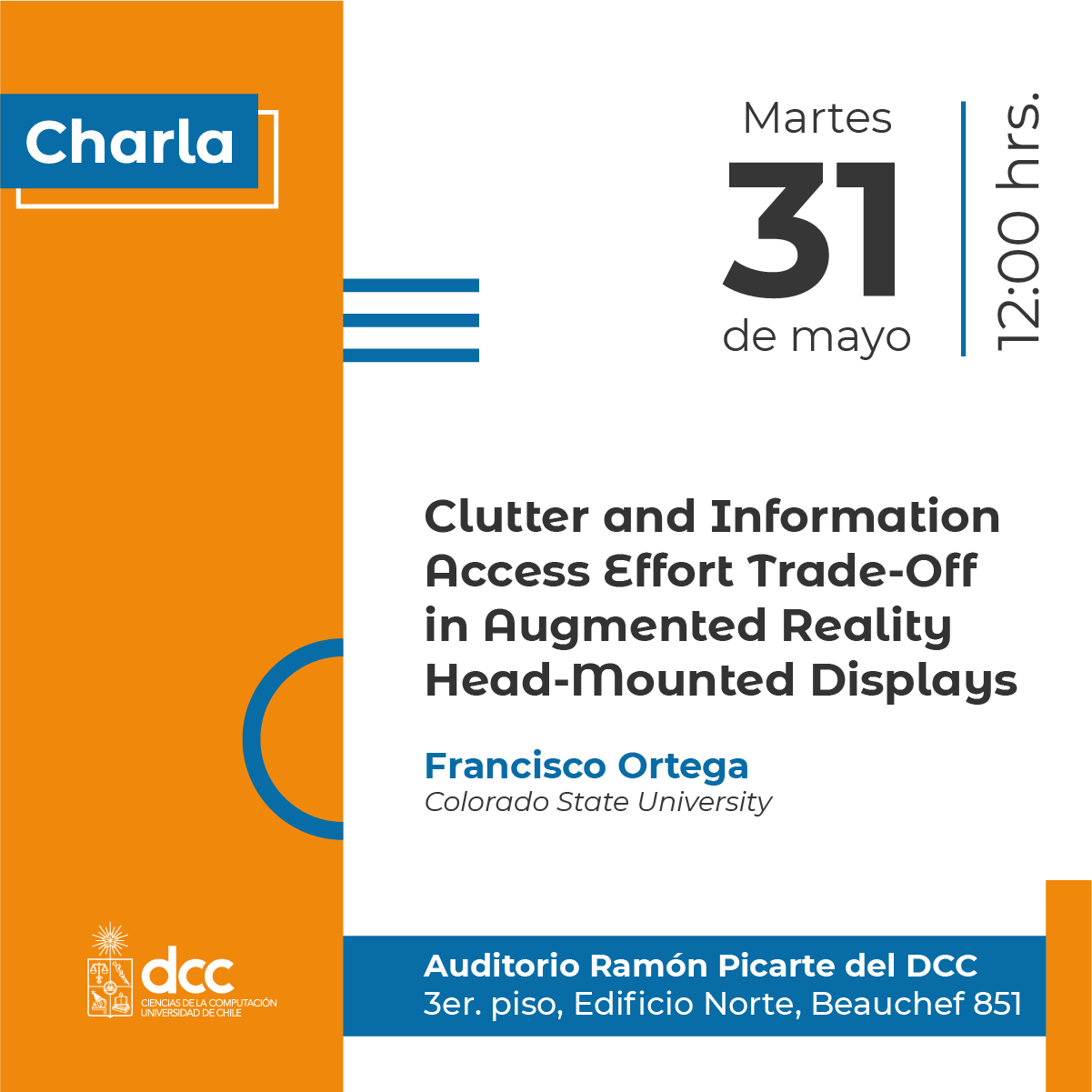Augmented reality (AR) can assist with multiple operations (e.g., areas of maintenance and health care.) For instance, an AR head-mounted display (HMD) can be used during a search and rescue mission of a ground first responder or soldiers by providing cueing aids that assist the soldier in finding their target. Depending on the type of task and the type of technology (e.g., AR-HMD, heads-up display), understanding where and how information can be presented is crucial for improving task performance. Our work seeks to examine the tradeoffs between human factors design principles and issues that may occur when those principles are applied to AR. We will develop a cognitive model and guidelines for optimizing AR display design for various tasks. When information between the near domain (display) and the far domain (external world) needs to be integrated, overlaying information to increase display proximity improves performance. On the other hand, when information in only one domain is critical for the task, presenting that information separately helps performance more than overlaying information. The overall benefit of superimposition (e.g., overlay) and head-down display (e.g., separated) is a tradeoff between clutter (in the AR-HMD) and information access effort (separated display).
Francisco Ortega is an Assistant Professor at Colorado State University and Director of the natural user interaction lab (NUILAB). Dr. Ortega earned his Ph.D. in Computer Science (CS) in the field of Human-Computer Interaction (HCI) and 3D User Interfaces (3DUI) from Florida International University (FIU). He also held the position of Post-Doc and Visiting Assistant Professor at Florida International University between February 2015 to July 2018. Broadly speaking, his research has focused on multimodal and unimodal interaction (gesture-centric), which includes gesture recognition and elicitation (e.g., a form of participatory design). His main research area focuses on improving user interaction by (a) multimodal elicitation, and (b) developing interactive techniques. The primary domains for interaction include immersive analytics, assembly, and collaborative environments using augmented reality headsets.
--
Comunicaciones DCC
